As a multifunctional heat treatment tool, the hot air gun is widely used in various fields such as electronic maintenance, plastic welding, paint peeling, and heat shrink tubing treatment. Its core function is to achieve safe heating of various materials through precise control of airflow temperature. However, many users often overlook the importance of temperature control, resulting in low work efficiency and even damage to the workpiece. This article will delve into the principles, techniques, and best practices of temperature control for hot air guns, helping users fully utilize the performance of this tool.
Basic principle of temperature control for hot air gun
The temperature control system of the hot air gun is a precise closed-loop regulation system, which is composed of four functional modules working together: heating element, temperature sensor, intelligent control circuit, and airflow regulation system. This system achieves precise control of output temperature through real-time data acquisition and dynamic power adjustment.
In terms of heating elements, mainstream products use nickel chromium alloy resistance wire (Cr20Ni80), which can work at temperatures up to 800-1000 ℃. High end models use PTC ceramic heating elements, which have a positive temperature coefficient characteristic. When the temperature approaches the set value, the resistance will rise sharply, thus achieving automatic temperature limiting and higher safety factor. Test data shows that the thermal response speed of ceramic components is 40% faster than traditional resistance wires, and their service life can reach over 5000 hours.
The temperature monitoring process usually uses K-type thermocouples (measuring range 0-1300 ℃) or PT100 platinum resistors (accuracy ± 0.5 ℃), installed at the optimal temperature measurement position 3-5cm away from the air outlet. These sensors can perform 10-20 temperature samples per second and transmit real-time data to the control unit.
The control circuit adopts advanced PID algorithm, which includes three adjustment links: proportional control (fast response), integral control (eliminating steady-state error), and differential control (predicting temperature changes). When temperature deviation is detected, the system can complete power adjustment within 0.1 seconds and control temperature fluctuations within ± 3 ℃.
The airflow system is driven by a brushless motor to generate a turbofan, and the air volume can be adjusted within the range of 5-30L/min. It is worth noting that for every 1L/min increase in wind speed, the actual operating temperature will decrease by about 10 ℃ (at a fixed power). Therefore, professional level hot air guns are equipped with independent air volume adjustment functions, allowing users to establish the optimal parameter combination of "temperature air volume distance". For example, when dealing with precision electronic components, it is recommended to use a working mode of "high temperature (350 ℃)+low air volume (8L/min)+close range (2cm)", which can ensure heating efficiency and avoid component damage.
Key factors in temperature selection
The temperature selection of a hot air gun is a complex process that requires comprehensive consideration of multiple parameters. Reasonably setting the working temperature directly affects the effectiveness and safety of the operation. The following are the three core elements that need to be considered when selecting temperature:
1. Material characteristic analysis
The sensitivity of different materials to temperature varies significantly. Taking electronic soldering as an example, the melting point of traditional Sn63Pb37 solder is 183 ℃, and the actual working temperature needs to be set between 200-250 ℃; And the melting point of lead-free solder (such as SAC305) rises to 217-220 ℃, and the working temperature needs to be correspondingly increased to 250-300 ℃. The processing temperature range of heat shrink tubing (120-200 ℃) is directly related to its material thickness. The optimal temperature for 0.5mm thickness PE heat shrink tubing is 120-150 ℃, while 2mm thickness PVC heat shrink tubing requires 180-200 ℃. Special attention should be paid to the thermal decomposition temperature of the material during plastic welding. For example, ABS plastic begins to decompose at 270 ℃, and the working temperature should be controlled between 200-230 ℃.
2. Thermodynamic properties of workpieces
The size and thermal conductivity of the workpiece directly affect the temperature selection strategy. For large metal parts (such as automotive sheet metal), due to their high heat capacity and fast thermal conductivity, it is necessary to set a high temperature of 400-500 ℃ and a large air volume; Small plastic parts (such as electronic casings) should use a low temperature of 150-180 ℃ and a small air flow to avoid thermal deformation. Experimental data shows that at the same temperature, the actual heating temperature of aluminum alloy workpieces is 15-20% higher than that of stainless steel workpieces.
3. Regulation of environmental factors
For every 10 ℃ decrease in ambient temperature, the actual working temperature needs to be compensated and increased by 3-5%. In well ventilated areas, it is recommended to increase the air volume by 10-15% to compensate for heat loss; When working outdoors, in addition to increasing the temperature by 5-10%, windproof nozzles should also be used. In special environments (such as high humidity), the workpiece needs to be preheated to 50-80 ℃ to eliminate the influence of moisture.
Practical operation suggestions
Adopting the "three-stage heating method": first test at the recommended lower limit temperature, gradually adjusting in increments of 10-15 ℃ each time, while observing the material reaction. For example, when dealing with unknown plastics, one can start at 150 ℃ and increase by 15 ℃ each time until the desired softening effect is achieved, and immediately stop heating up. This method can minimize material overheating damage and ensure the quality of the work.
Professional skills for achieving precise temperature control
To master the precise temperature control of a hot air gun, it is necessary to systematically apply the following professional skills:
1. Precise calibration technology
It is recommended to use an infrared thermometer or contact thermocouple for temperature calibration every month. During calibration, the airflow temperature at 3cm from the center point of the nozzle should be measured. Ordinary models allow a deviation of ± 10%, while industrial grade equipment should be controlled within ± 3%. Record each calibration data, and when the deviation is greater than 5% for three consecutive measurements, consider replacing the heating element.
2. Dynamic distance management
Establish the "3 × 3 Distance Rule": For precision operations (such as 0402 component disassembly and welding), maintain a distance of 3cm; Conventional operations (such as heat shrink tubing) use 6cm; large-area treatments (such as paint peeling) extend to 9cm. Actual tests have shown that for every 1cm increase in distance, the surface temperature of the workpiece decreases by 18-22 ℃.
3. Intelligent Mobile Strategy
Adopting the "three zone heating method": first preheat the surrounding area with a circular motion of 10cm in diameter, then heat the target area with a spiral trajectory of 3cm in diameter, and finally concentrate on heating the core point. When disassembling and soldering electronic components, the recommended process parameters are "preheating at 120 ℃ for 30 seconds → concentrated heating at 260 ℃ for 15 seconds → rapid removal".
4. Scientific selection of nozzles
-Precision welding uses a 3mm diameter conical nozzle, which can increase heat flux density by 40%
-The use of porous diffusion covers for large-scale operations increases temperature uniformity by 60%
-When working in sensitive environments, the reflective nozzle can reduce the surrounding temperature rise by up to 35%
5. Step by step heating process
Implement the "20 ℃ step test method" for unknown materials: starting from 80 ℃, hold each step for 30 seconds and observe the changes in material state. When a target reaction occurs (such as softening or melting of solder), record the temperature as the working reference temperature, and set the actual operating temperature to be 10-15 ℃ above the reference value.
6. Environmental compensation technology
When working in low temperature environments (<10 ℃), it is recommended to:
-Increase the initial temperature setting by 8-12%
-Preheating time extended by 50%
-Use windproof insulation cover
Real time monitoring of the actual temperature of the workpiece, it is recommended to use an intelligent hot air gun with a K-type thermocouple interface.
Guide to Temperature Parameters for Common Applications of Hot Air Guns
For different job scenarios, the temperature setting of the hot air gun needs to follow professional parameter specifications:
Electronic maintenance field
-SMD component processing: 0201 packaged components are recommended to have a low air flow rate of 300 ℃, while QFP packaging requires a low air flow rate of 320-350 ℃
-BGA chip repair: using a combination of bottom preheating table (180 ℃) and upper hot air (320 ℃) heating method
-PCB repair: Layered repair controlled at 200 ℃± 5 ℃, with continuous heating not exceeding 30 seconds
Plastics Processing and Applications
-PVC welding: 270 ℃ is the optimal welding temperature, combined with specialized welding rods
-PMMA acrylic sheet: bending forming adopts progressive heating at 200 ℃, maintaining a distance of 10-15cm
-Engineering plastics (such as PC, ABS): strictly controlled below the material TG temperature of 20 ℃
Surface treatment task
-Paint peeling: Adjust according to the thickness of the paint layer, with alkyd paint at 500 ℃ and epoxy paint at 550-600 ℃
-Drying of baking paint: Keep moving at a constant speed of 80 ℃, and the surface temperature of the workpiece should not exceed 65 ℃
Heat shrink tubing processing
-Thin walled tube (<1mm): heated uniformly at 130 ℃
-Double walled tube with adhesive: must reach above 190 ℃ to ensure activation of the adhesive layer
-High voltage insulation tube: using step heating, preheating at 150 ℃ first, and then raising to 180 ℃ for shaping
Important reminder: All parameters should be adjusted in conjunction with wind speed (5-10L/min for electronic operations, 15-25L/min for industrial operations), and a temperature time curve record table should be established. It is recommended to conduct sample testing and record the optimal process parameters when using new materials for the first time. During actual operation, for every 10 ℃ decrease in ambient temperature, the set temperature needs to be increased by 3-5% to compensate for heat loss.
Guidelines for Safe Use and Maintenance of Hot Air Guns
1. Equipment operation specifications
-Shutdown procedure: After the job is completed, the temperature must be adjusted to below 150 ℃ and run for 90 seconds for cooling. The power can only be turned off when the outlet temperature drops below 80 ℃
-Continuous operation: The duration of a single use shall not exceed 25 minutes (industrial grade) or 15 minutes (civilian grade), with an interval of 10 minutes for cooling
-Environmental requirements: Maintain good ventilation in the work area and control the humidity within RH45% -75%
2. Key points of maintenance and upkeep
-Daily cleaning: Clean the intake filter screen with compressed air every week (pressure ≤ 0.3MPa)
-Deep maintenance: Disassemble nozzle components monthly and clean carbon deposits with isopropanol
-Calibration cycle: Professional grade equipment requires temperature calibration every 3 months
3. Safety protection measures
-Personal protection: Wear temperature resistant gloves for operations below 300 ℃, and Kevlar insulated gloves for operations above 300 ℃
-Emergency response: Equipped with dry powder fire extinguishers (over 5kg), flammable materials are prohibited from being stored within a working radius of 3 meters
-Storage conditions: The temperature of the device storage environment should be maintained between -10 ℃ and 50 ℃, with a relative humidity of ≤ 80%
Note: It is recommended to establish a device usage log to record each operation parameter and maintenance situation. Professional testing should be conducted after 200 hours of cumulative use. During high-temperature operations, the workbench must be equipped with fire-resistant pads (with a temperature resistance of ≥ 600 ℃).
Finally, share some personal experiences. Temperature control is never a simple numerical setting, but a process that requires careful consideration. I remember when I first entered the industry, I also had the problem of blindly raising the temperature. It wasn't until I witnessed a circuit board worth tens of thousands of yuan being scrapped due to overheating that I truly understood how important "just right" temperature is.
Over the years, I have developed the habit of recording temperature parameters for every task, from simple heat shrink tubing processing to complex BGA chip rework. My notebook is densely packed with the optimal working temperatures for various materials. Gradually, these data became my "temperature intuition" - now that I have received a new workpiece, I can almost estimate the approximate temperature range based on my hand feel.
But what I want to emphasize is that true professionalism is not about showing off how high the temperature can be adjusted, but about being able to solve problems with the most accurate temperature. As I often say to my disciples, "Temperature control is like cooking. A little bit of a difference in heat can result in vastly different outcomes." Every time I see them go from being flustered to being at ease, it reminds me of my own experiences growing up.
This job taught me that the best technique is often the most restrained technique. When you can solve a problem perfectly at 280 ℃, never use 300 ℃. This is not only a respect for tools, but also a reverence for craftsmanship. Now, whenever I pick up the hot air gun and feel the just right amount of heat flow, I still feel proud of this precise control art.

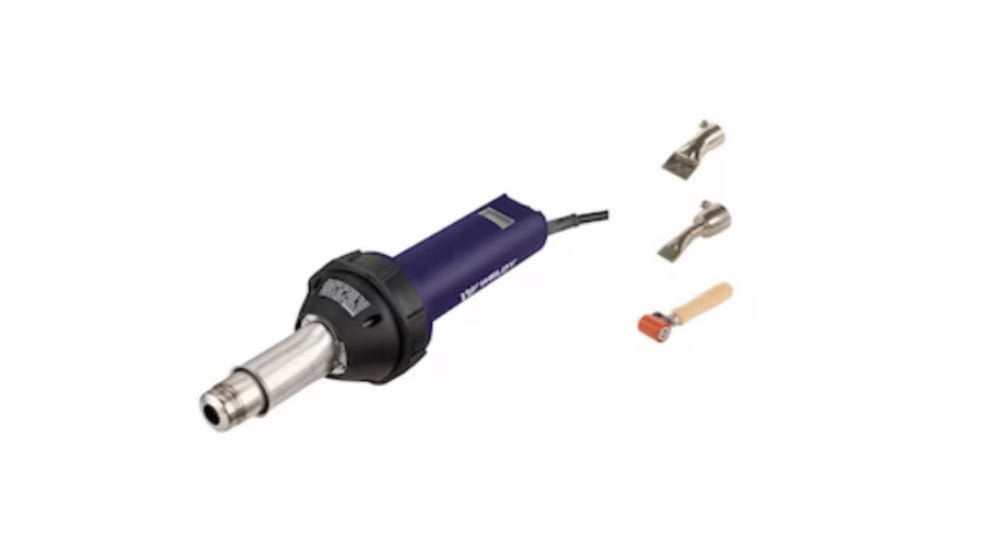
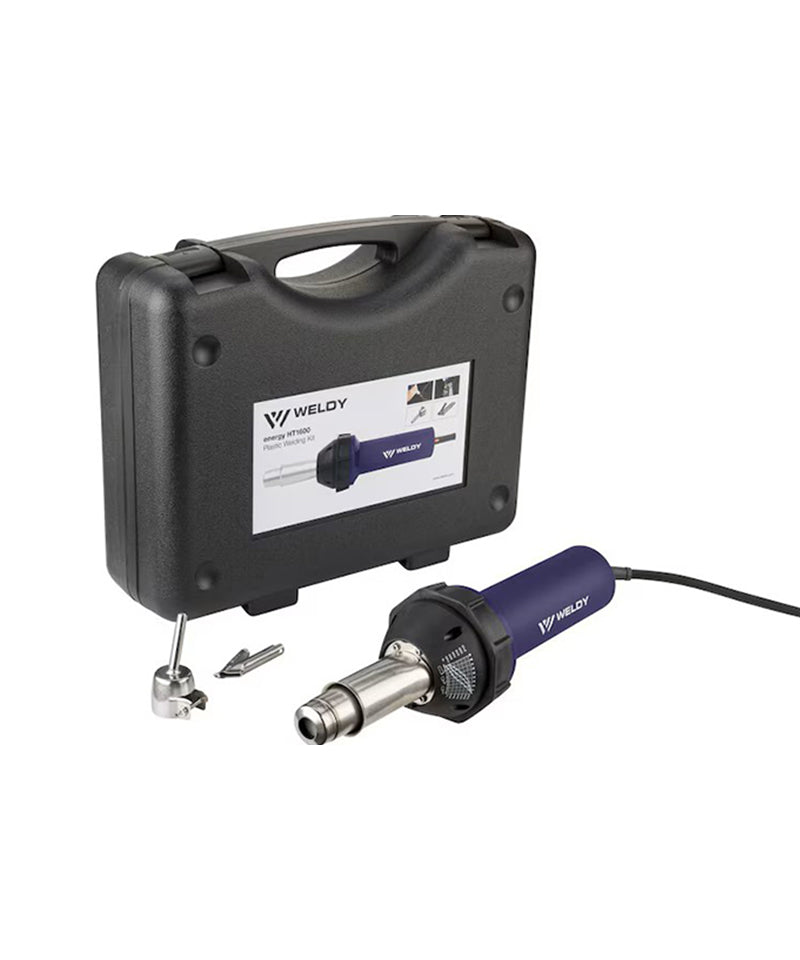
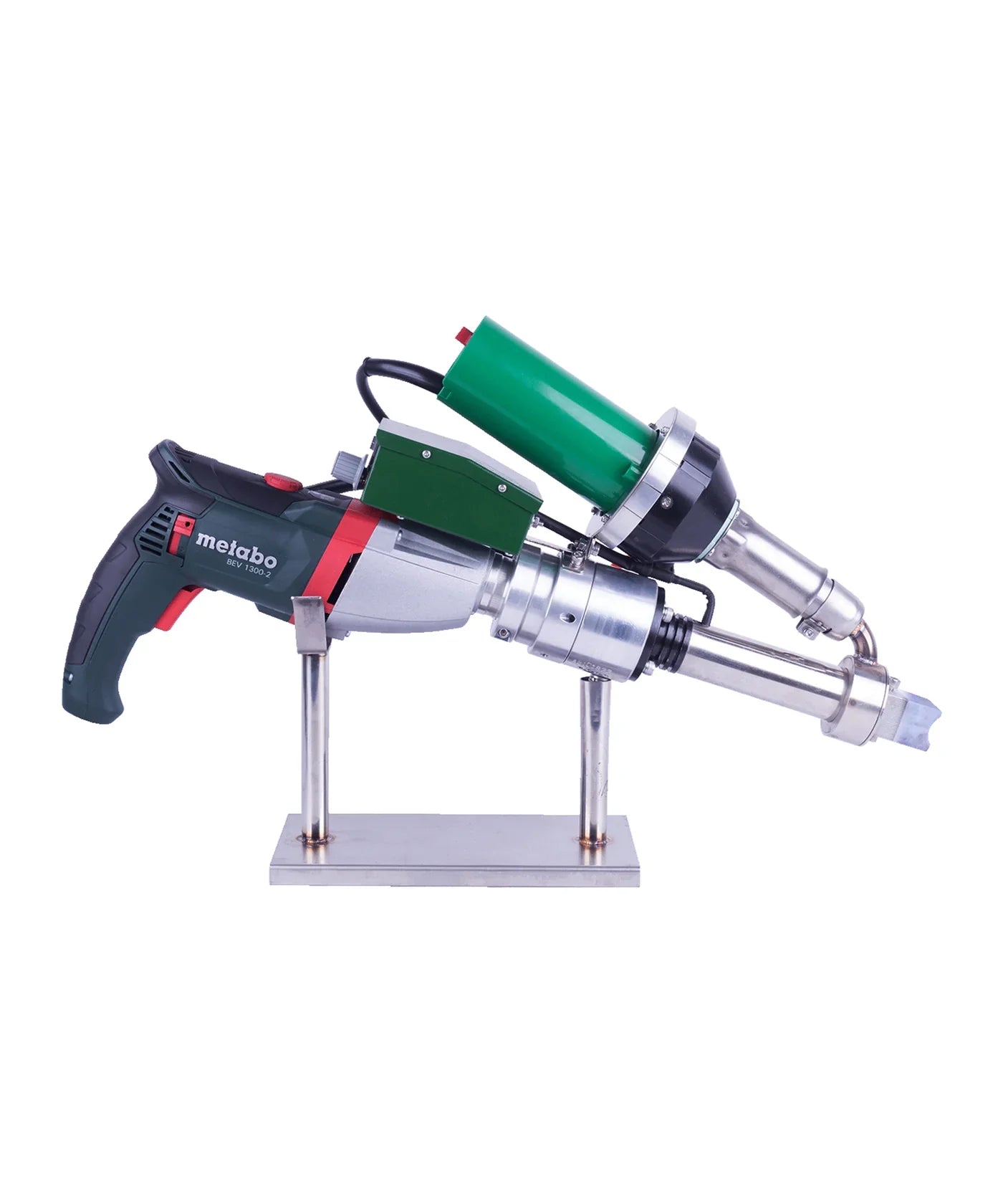
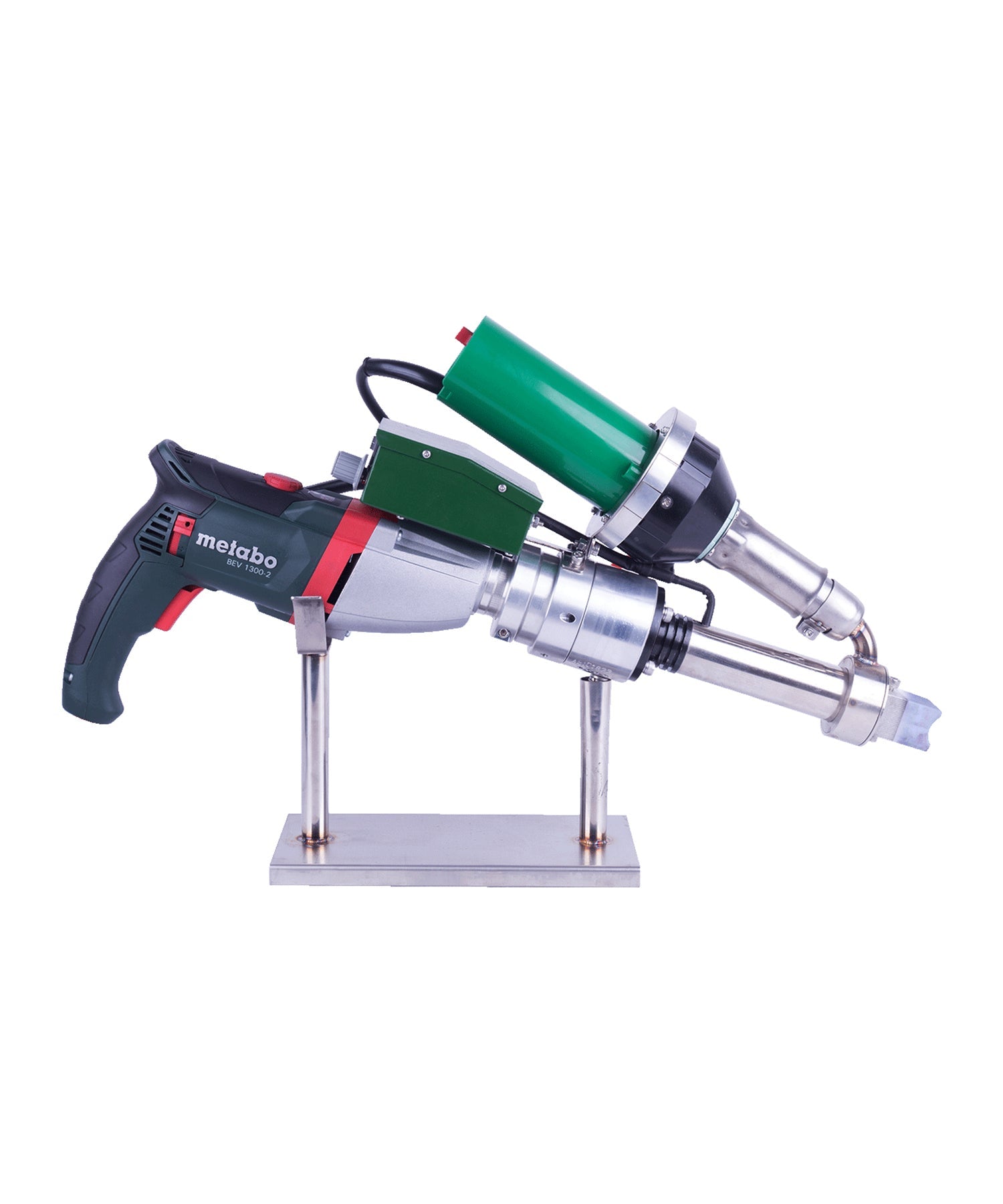
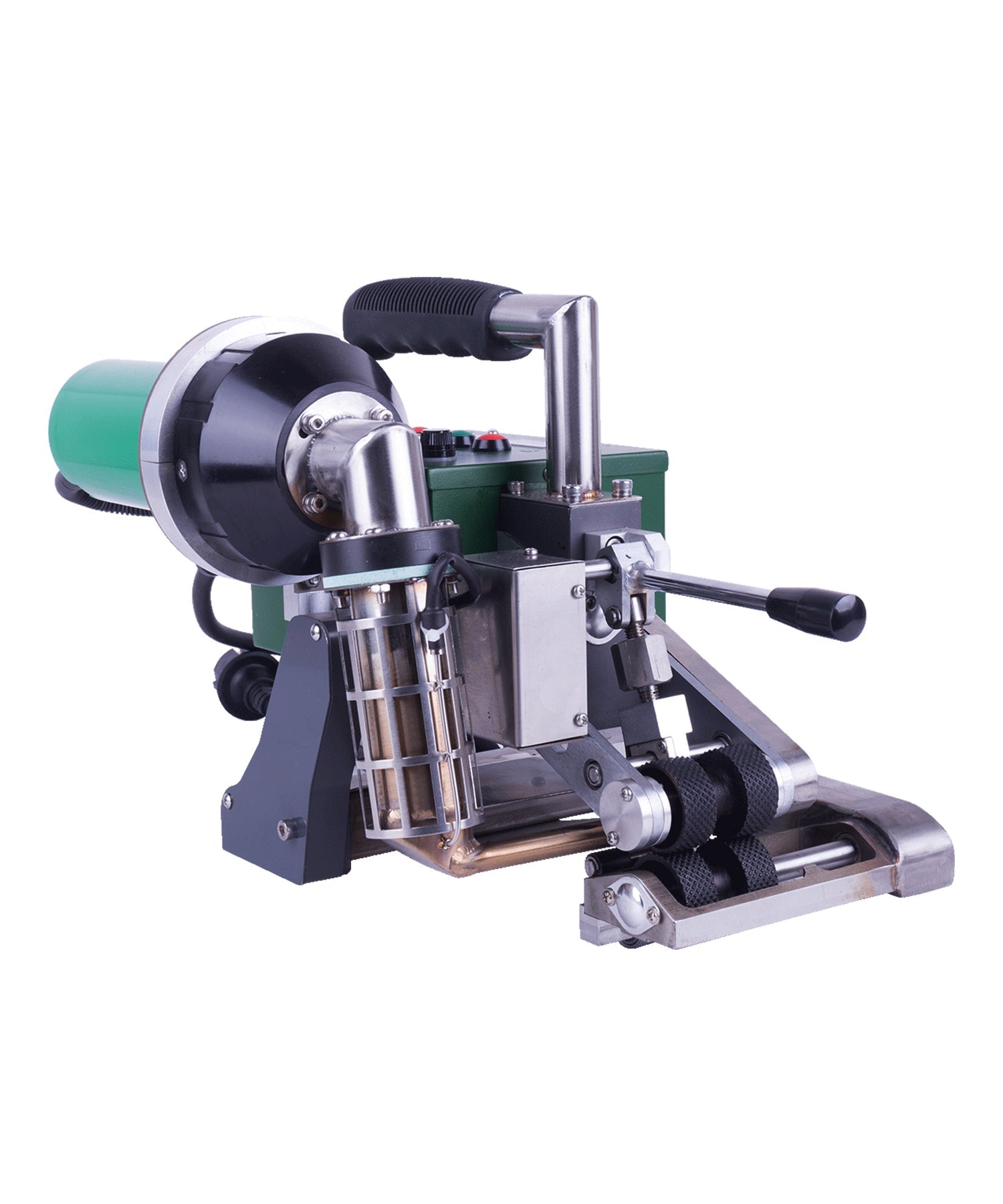
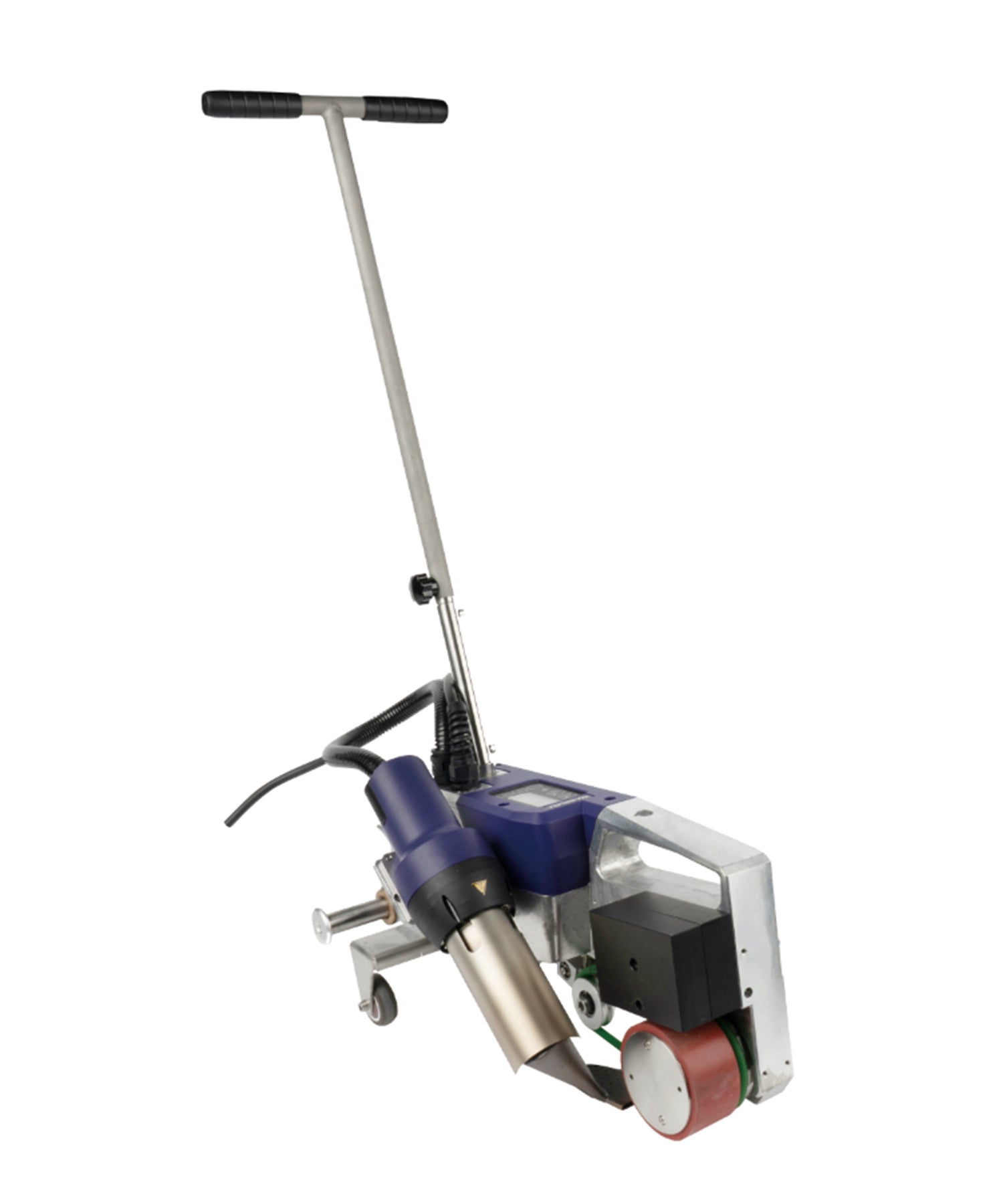
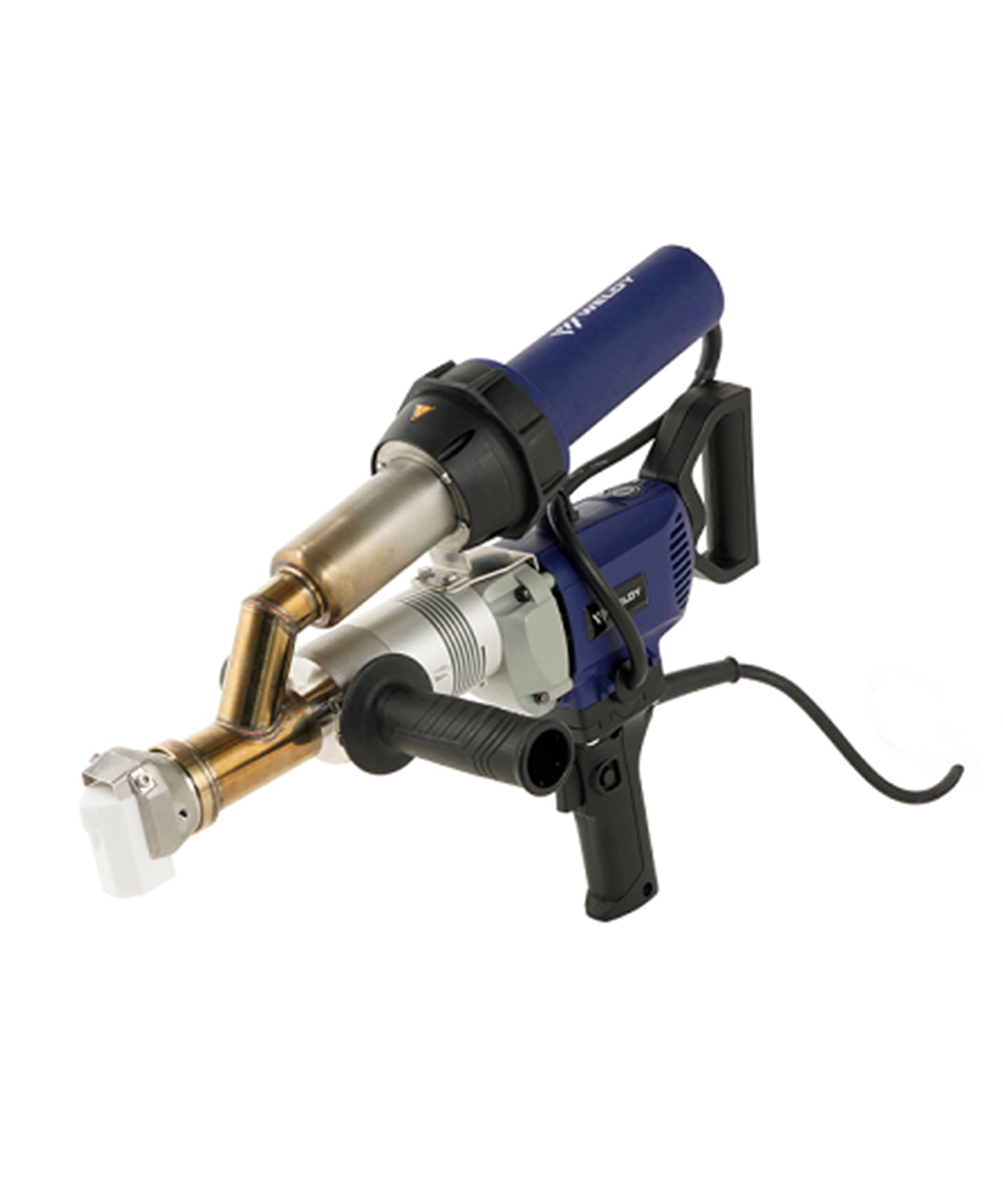
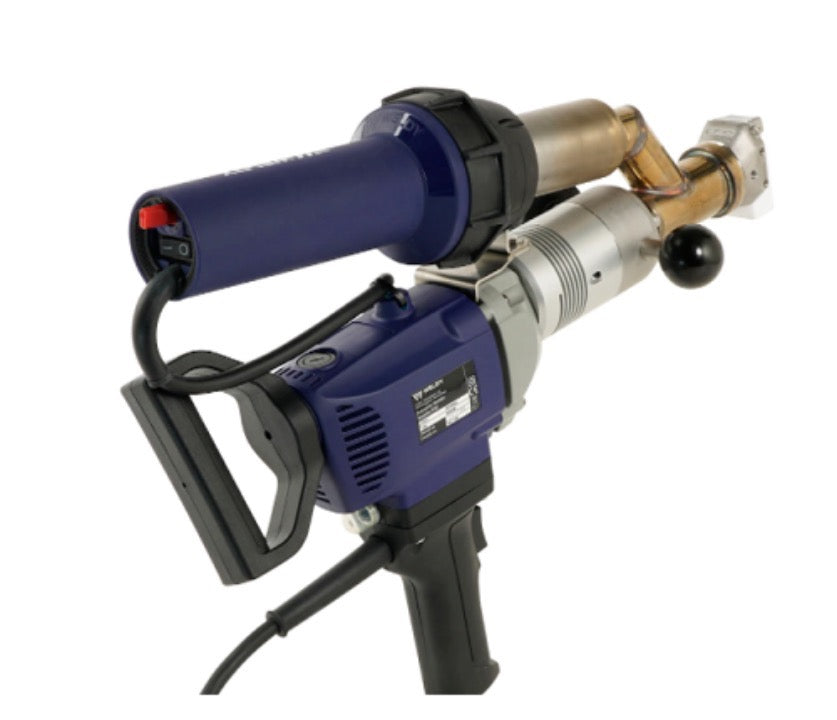
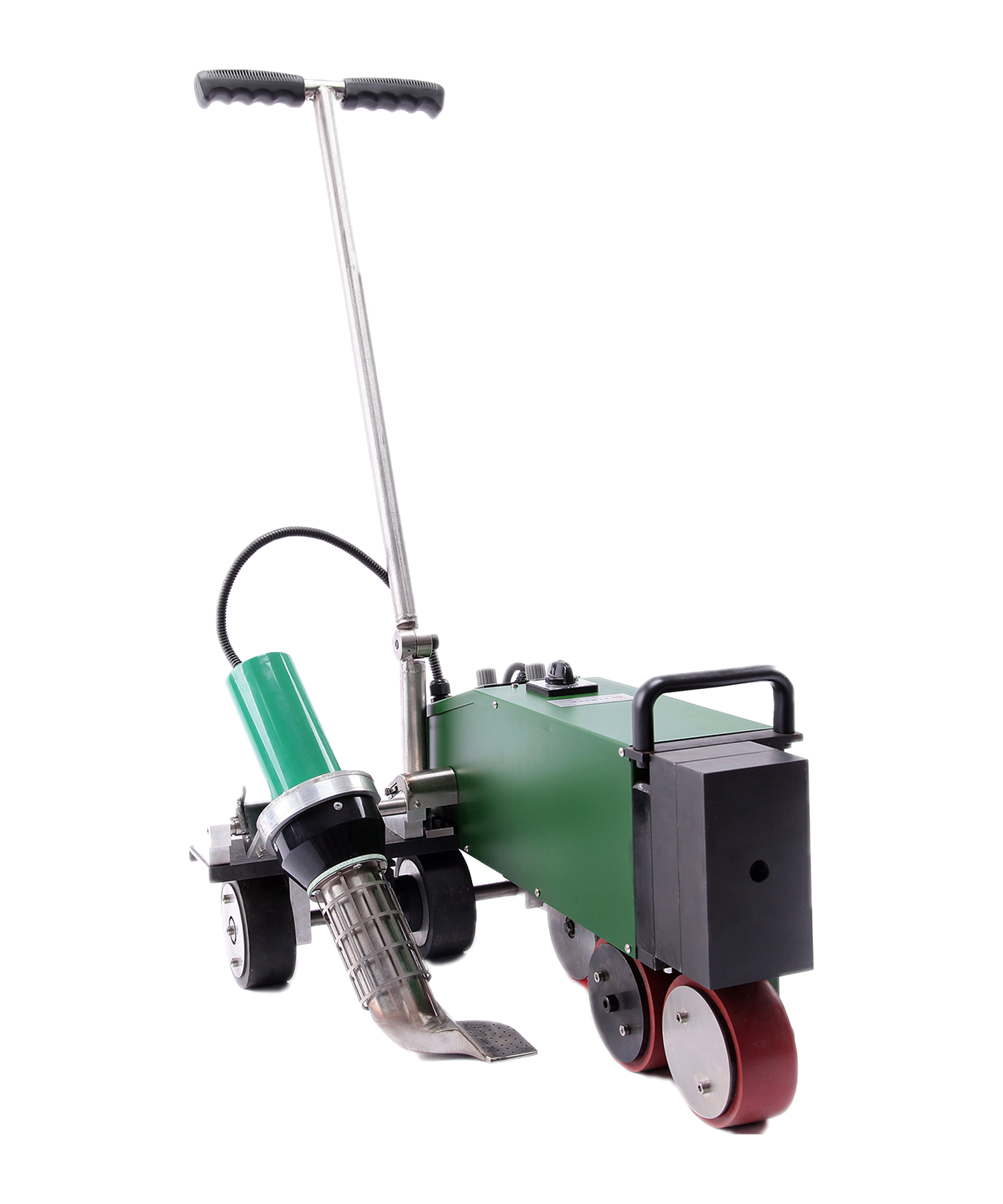
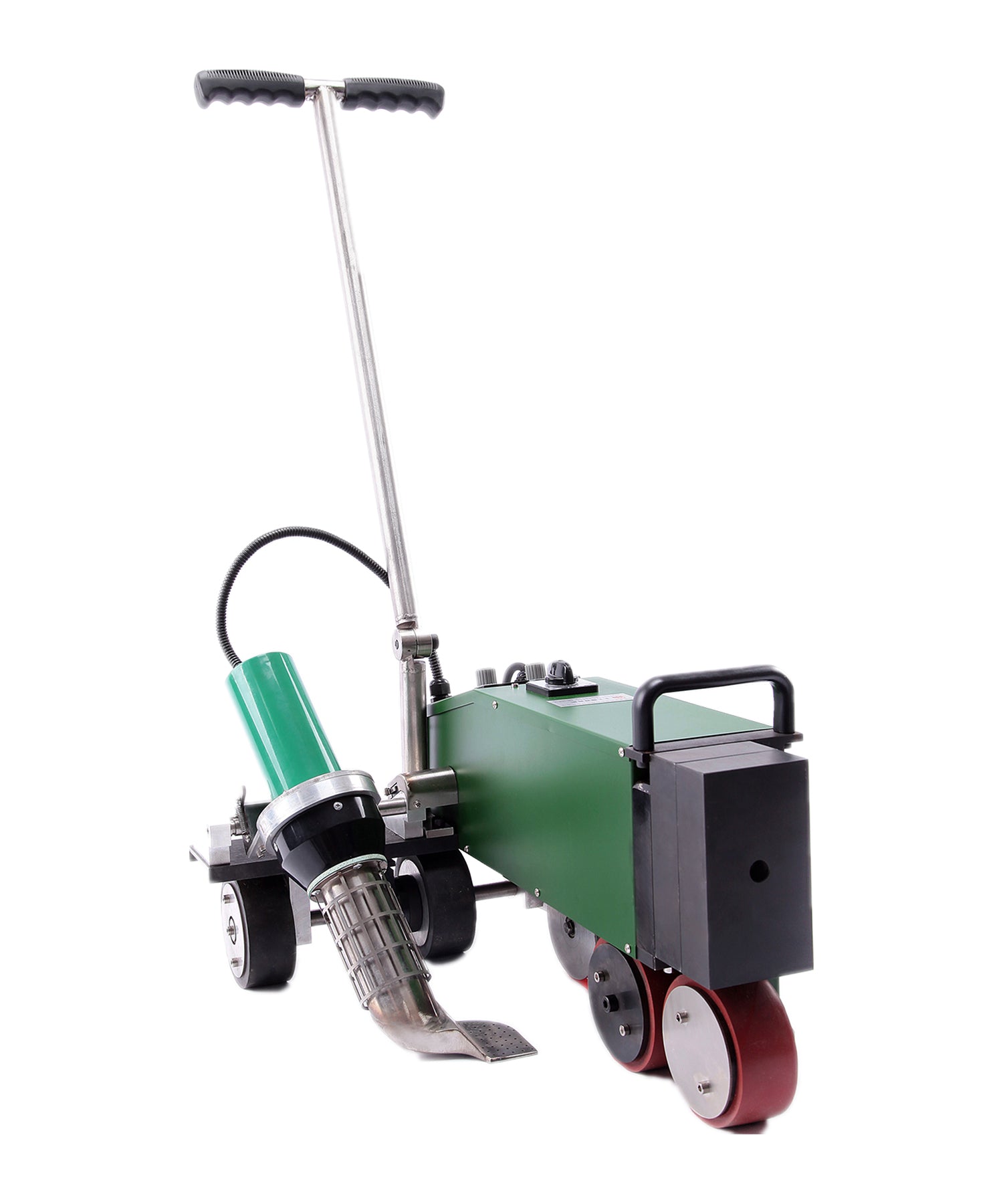
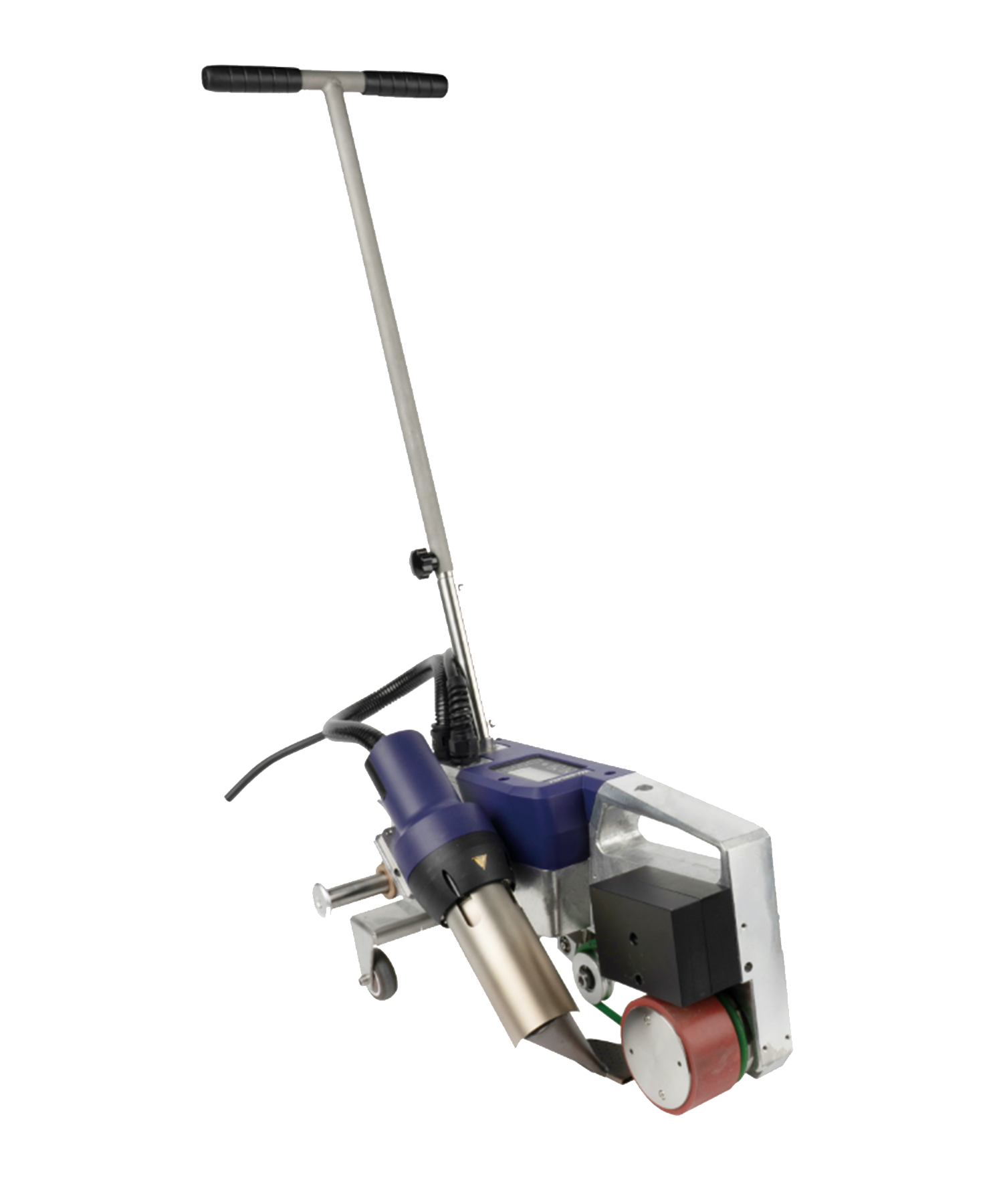
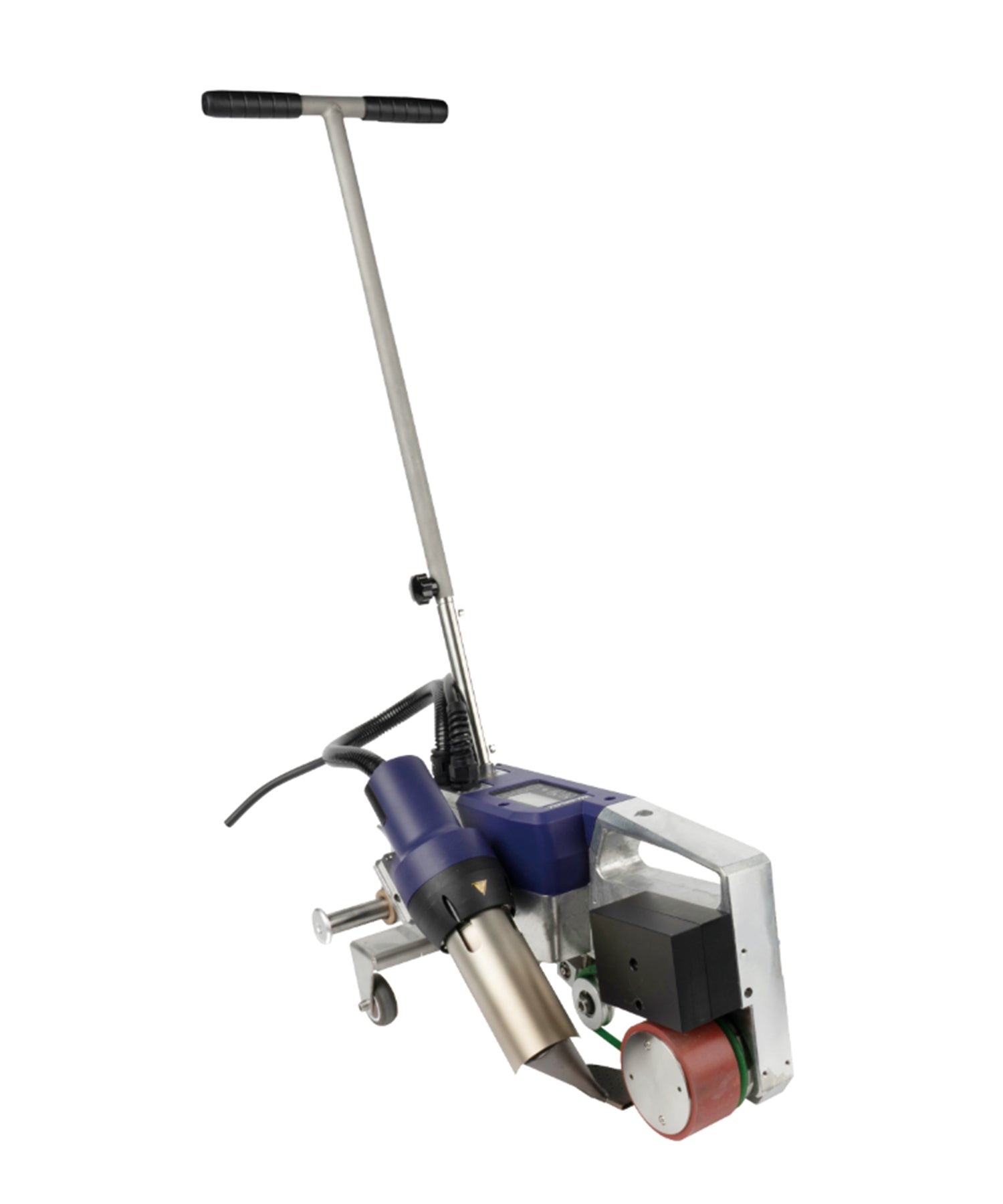
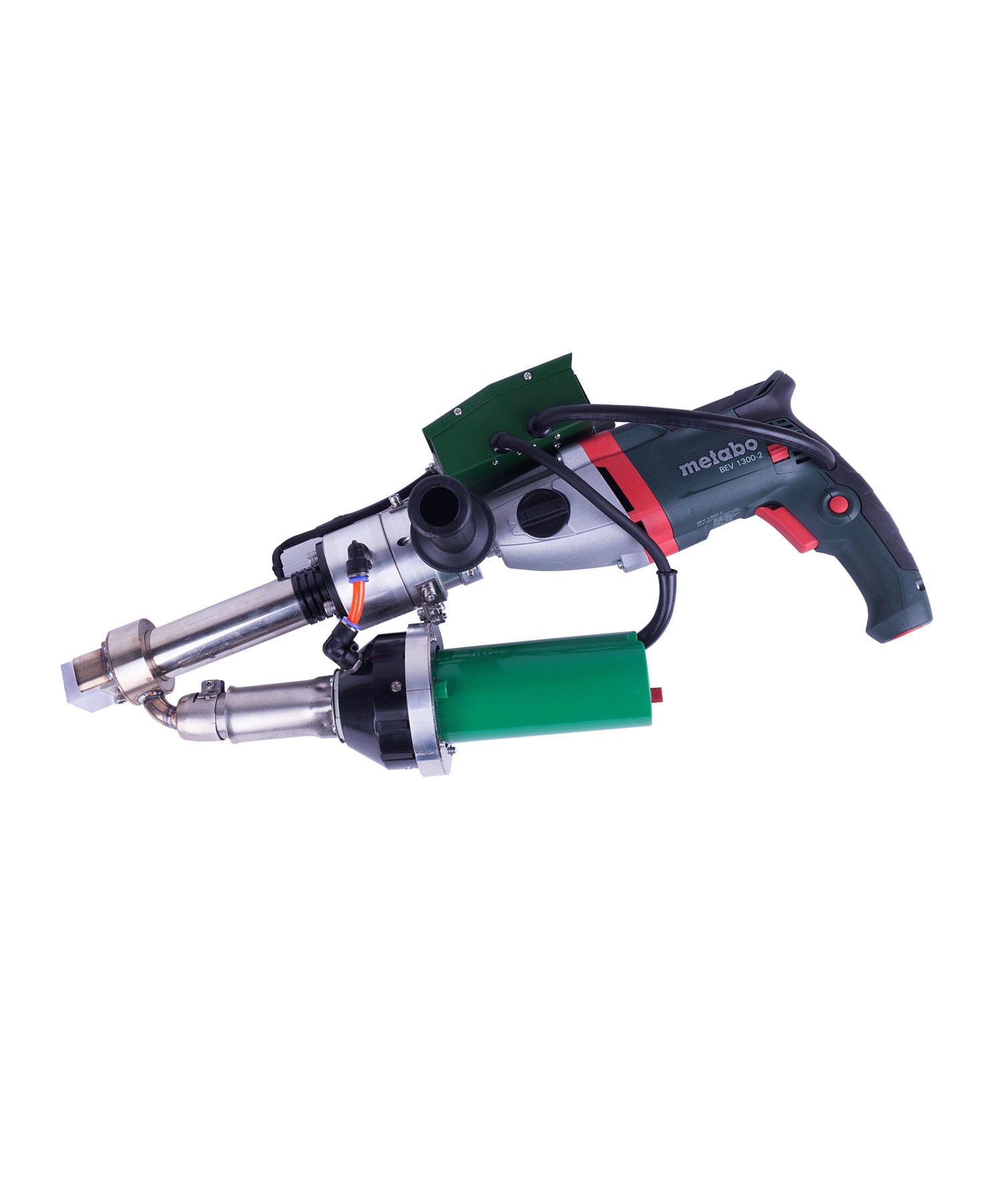
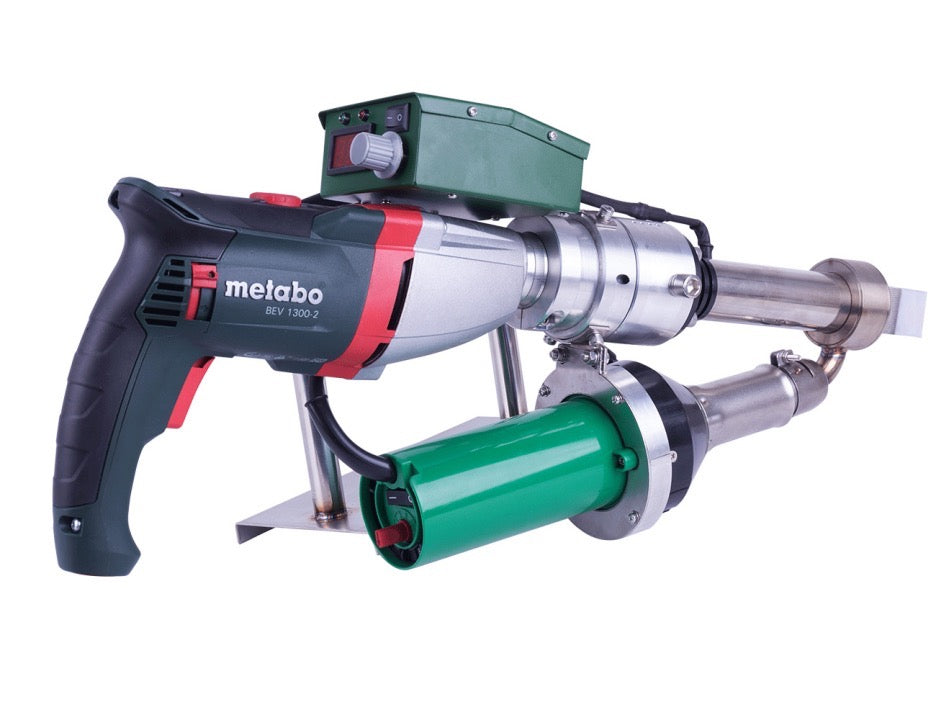
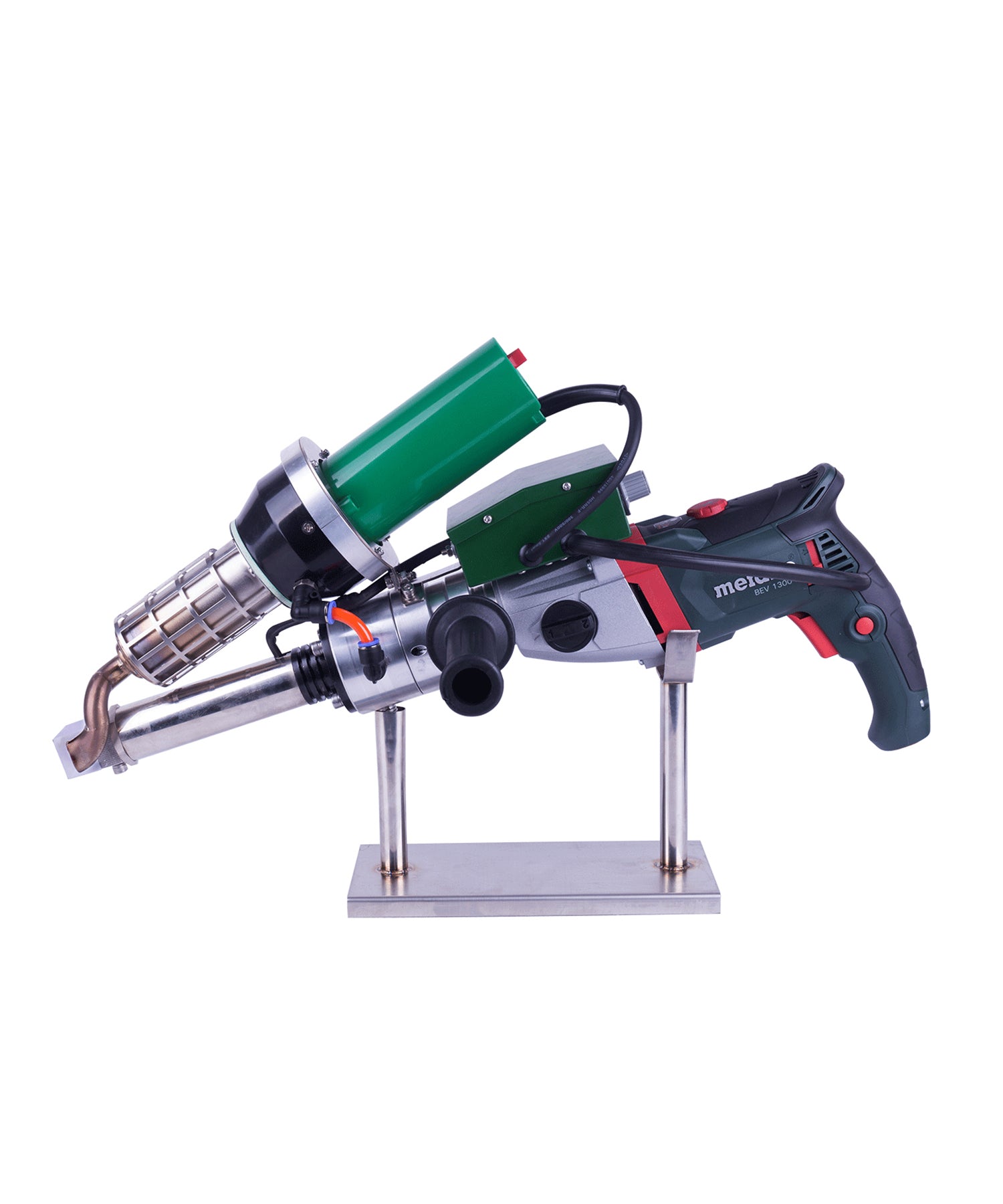
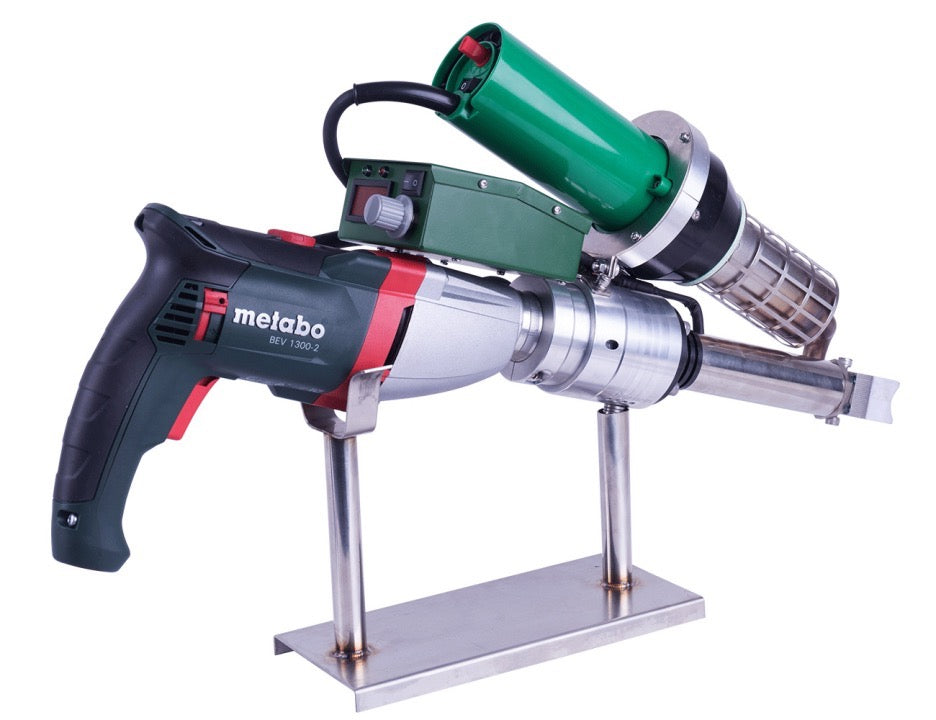
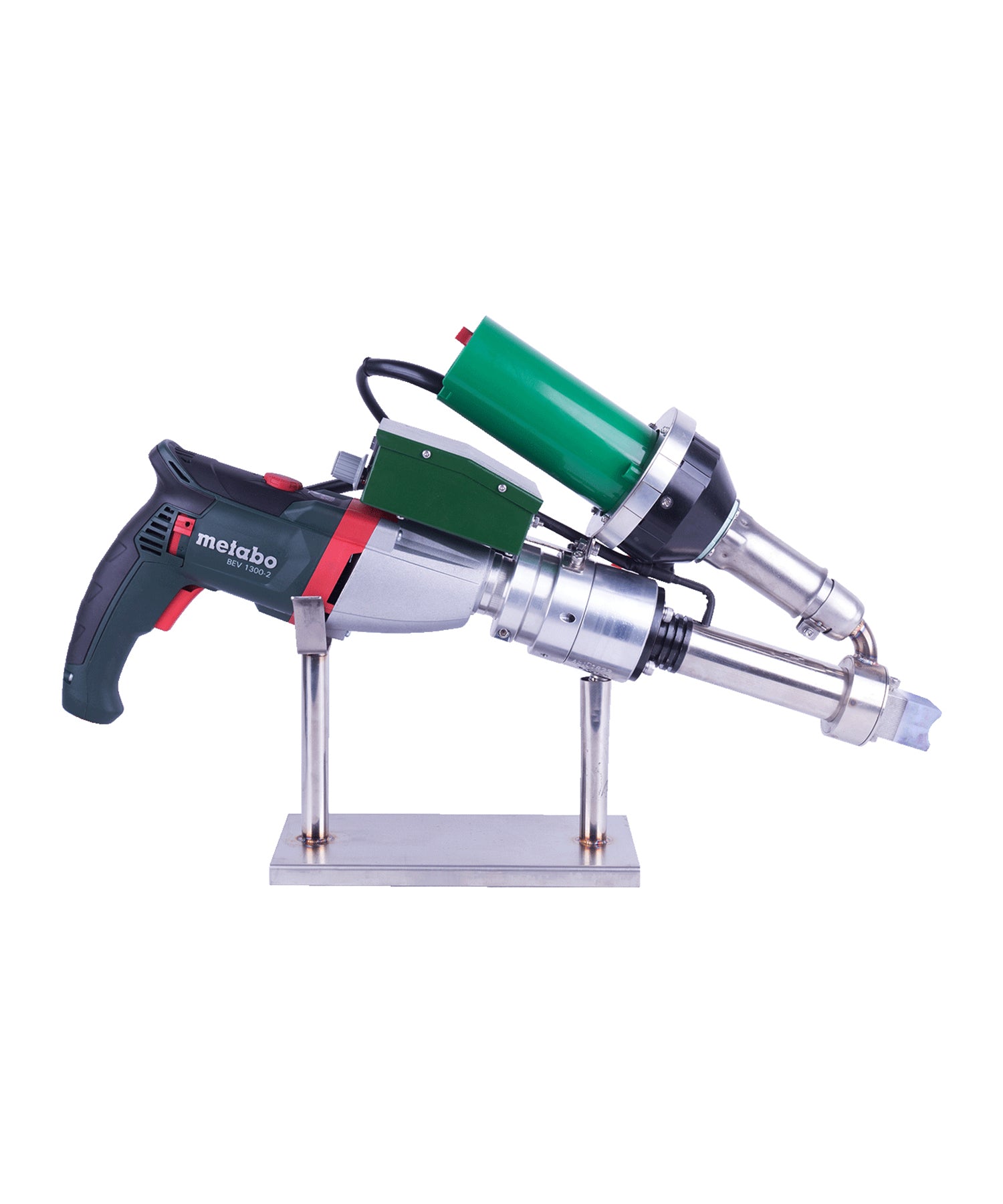
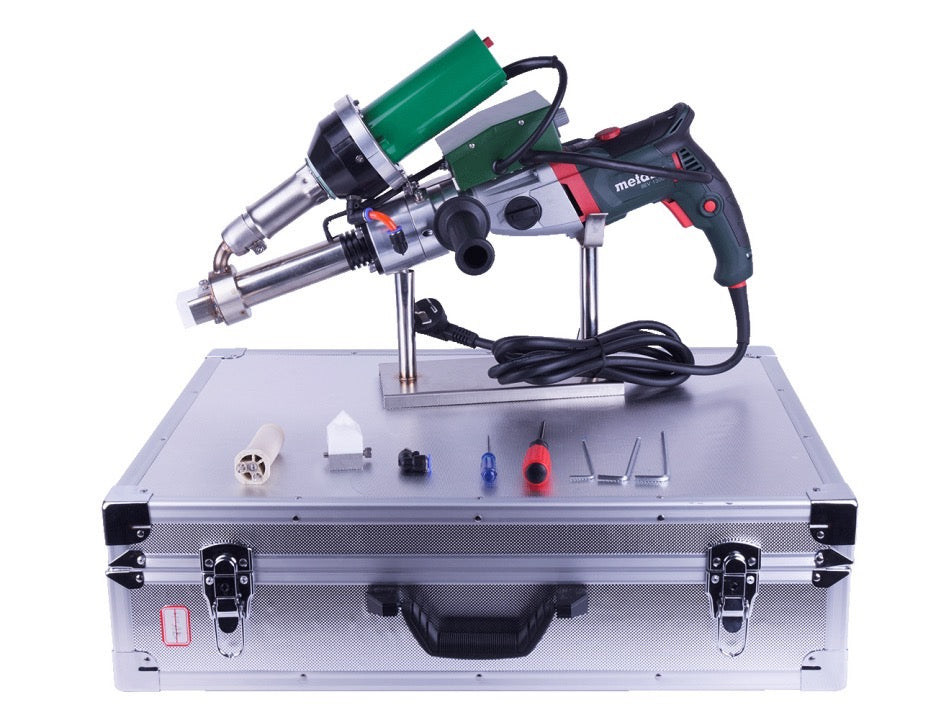



Leave a comment
This site is protected by hCaptcha and the hCaptcha Privacy Policy and Terms of Service apply.